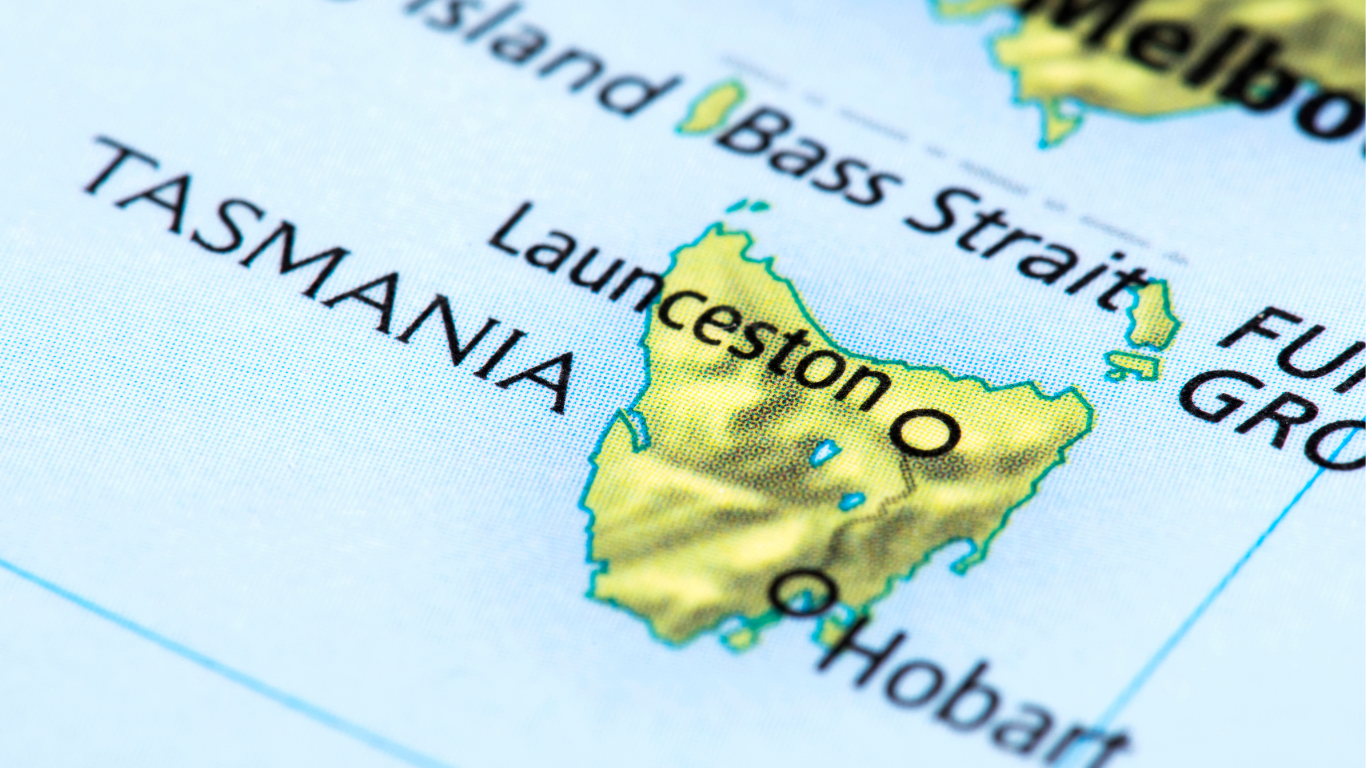NSW Skilled Migration Session Highlights
On 1 April, New South Wales (NSW) delivered a highly valuable online information session for those aspiring to migrate under the skilled migration program. The session was rich in content, covering key details about NSW’s state-nominated skilled migration program. Below is a quick summary of the main takeaways.
1. Program Quota Overview
For the 2024–2025 financial year, the total quota for NSW’s state-nominated skilled migration program is 5,000 places. Among these, 3,000 places are allocated for the subclass 190 Skilled Nominated visa, and 2,000 places for the subclass 491 Skilled Work Regional (Provisional) visa. This generous allocation offers a valuable opportunity for many applicants to migrate to NSW, which explains the high level of attention the program continues to receive.
2. Application Requirements Explained
(a) Subclass 190 Skilled Nominated visa
Basic requirements: Applicants must meet a series of baseline criteria set by the Department of Home Affairs, including achieving at least 65 points on the EOI score (inclusive of 5 points from state nomination), being under 45 years of age, and meeting the English proficiency requirement — IELTS 6 in each band (or equivalent TOEFL, PTE, CAE, or OET scores).
Residence and occupation requirements: Applicants currently residing in NSW or offshore must demonstrate at least six months of continuous residence in that location and must also meet the occupation requirements listed on NSW’s occupation list, have a valid skills assessment, and wait to be invited. This means applicants not only need strong technical capability but must also meet residency and occupational alignment standards.
(b) Subclass 491 Skilled Work Regional (Provisional) visa
Pathway 1: The applicant is currently employed by an employer in regional NSW and has been working in that region for the past six months. The eligible skilled employment must be closely related to the nominated occupation, with the employer located in the same regional area of NSW, and the wage must meet the minimum TSMIT salary level. This pathway emphasises the regional location, relevance of employment, and salary compliance.
Pathway 2: The applicant has received an invitation from Investment NSW, with an occupation listed on the NSW Regional Skills List, and is currently residing in NSW for at least three months, or overseas for at least three months. This pathway is designed for applicants who meet specific occupational requirements and residency conditions.
Pathway 3: For recent graduates from regional NSW, applicants must have completed a bachelor’s degree or higher qualification from an institution in a designated regional area of NSW, and the qualification must be closely related to the nominated occupation. The qualification must have been completed within the past two years. The nominated occupation must appear on the NSW Regional Skills List, and the applicant must currently reside in NSW for at least three months, or have been continuously offshore for at least three months. This provides a pathway for local graduates to remain in the region.

3. Clear Occupational Priorities
This financial year, NSW has defined seven key priority sectors for invitation, including:
-
Construction (infrastructure and housing)
-
Renewable energy (net-zero and clean energy)
-
Care sectors (aged care, disability services, early childhood education and care)
-
Digital and cyber security
-
Education (teachers)
-
Agriculture and agrifood
-
Advanced manufacturing
Many occupations within these sectors are included in the state nomination program. For example, the 190 visa covers 182 occupations, while the 491 visa includes 203 occupations, such as:
-
Construction and engineering managers
-
Architects
-
Landscape architects
-
Urban planners
-
Most engineering roles
-
Food science and environmental science professionals
-
Early childhood and secondary school teachers
-
University lecturers
-
Pharmacists
-
ICT professionals
-
Social workers
-
Architectural draftspersons
This clearly indicates NSW’s skilled workforce priorities. Applicants working in these fields will likely have a significantly higher chance of receiving an invitation.
NSW’s recent skilled migration webinar has mapped out a clear path for prospective migrants. Skilled professionals interested in migrating to NSW should carefully study this information, assess their individual circumstances, and prepare thoroughly in advance to seize this valuable migration opportunity. We will continue to track developments in NSW’s skilled migration program and provide the latest updates as they become available.
If you have any questions or would like professional assistance, please feel free to contact us at Riverwood Migration (Email: [email protected]). We are committed to providing transparent, expert migration services to help you achieve your dream of moving to Australia.






